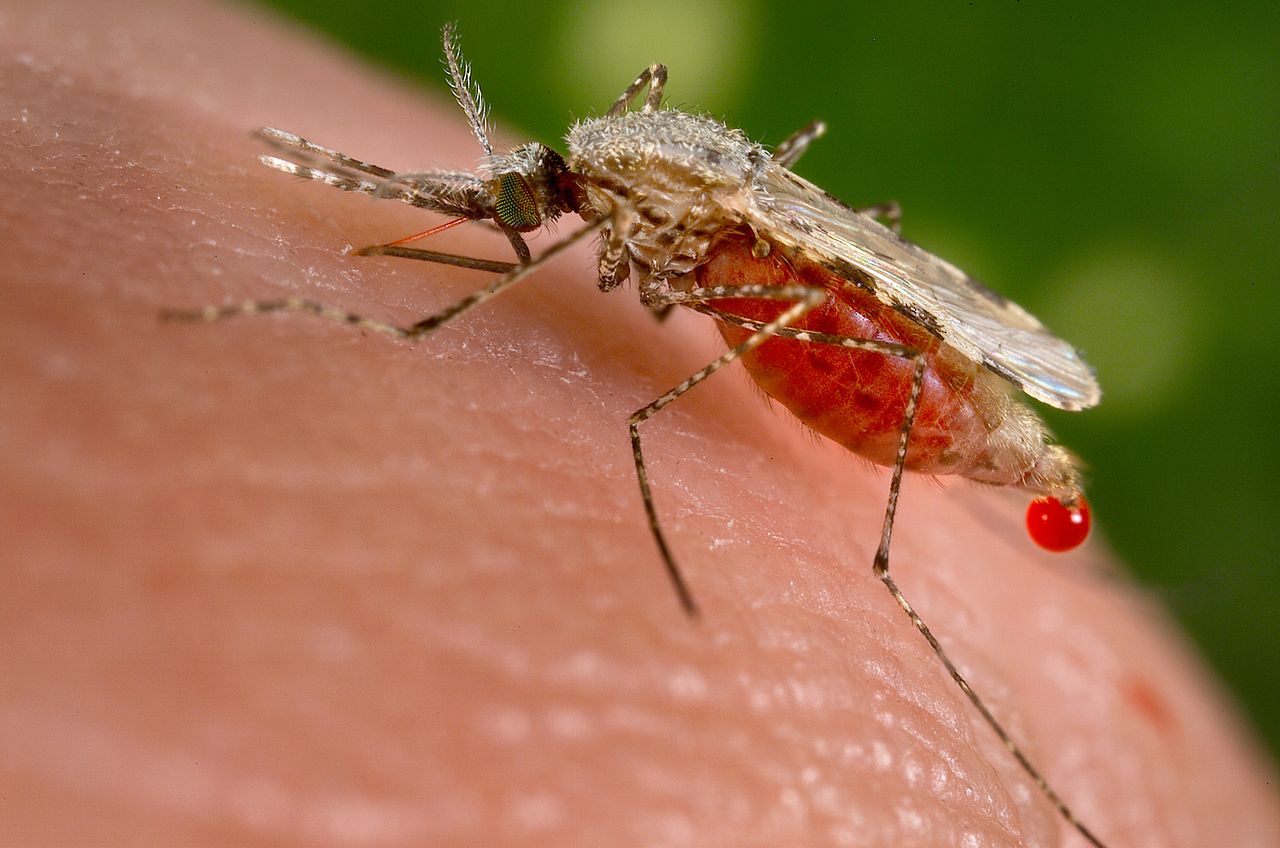News release
From:
New research by Menzies’ malaria team is identifying innovative new ways to eliminate Plasmodium vivax (P. vivax) malaria by 2030.
There were an estimated 14.3 million global cases of P. vivax in 2017. The main burden of P. vivax malaria is in young children residing in remote communities with poor access to healthcare services.
Menzies researchers have been looking at ways to decrease these numbers. This requires a multi-faceted approach, from new treatment regimens to identifying genetic markers and novel surveillance tools.
One of the factors that makes P. vivax more difficult to treat is that the malaria parasite can remain dormant in the liver, even if it is no longer present in a person’s blood. This makes it harder to treat. Many patients who are only treated for the acute blood stages of vivax malaria may relapse when those dormant parasites awake.
A dual treatment regimen targeting both the blood and the liver forms of the parasite is called radical cure and decreases the risk of relapse but can cause severe side effects in people who are glucose-6-phosphate dehydrogenase (G6PD) deficient. G6PD deficiency affects around 400 million people worldwide, mostly among populations at risk of malaria infection.
Menzies principal research fellow Associate Professor Kamala Thriemer says that the timely elimination of vivax malaria will require widespread access to safe and effective radical cure.
“Case management that includes radical cure is currently the most promising approach to P. vivax elimination. New regimens for radical cure and the possibility to minimise the risk of haemolysis through novel testing bring up operational challenges, but if deployed wisely could have sufficient impact to eliminate P. vivax malaria,” A/Prof Thriemer said.
Menzies senior research fellow Dr Benedikt Ley is looking at how the G6PD gene interacts with radical cure. In a recent paper released in PLOS Medicine, Dr Ley and colleagues found that standard treatment for vivax malaria may be safer than assumed.
“We recently measured G6PD activity among individuals with and without malaria and found that G6PD activity increases during a malaria infection and the observed clinically relevant difference is not due to people with lower G6PD activities being less likely to contract malaria,” Dr Ley said.
As the rates of vivax malaria continue to decrease globally, Menzies senior research fellow Dr Sarah Auburn says that new tools are needed to map changes in the epidemiology of the parasite that impact upon malaria control activities.
“In addition to conventional methods, new surveillance tools offer unique insights into the complex and evolving micro-epidemiology of the parasite,” Dr Auburn said.
“Genetic analyses, for example, can reveal the diversity and connectivity between individual infections and populations that can inform malaria control activities, such as test and treat strategies and access to radical cure.”
Professor Ric Price, who co-leads the Menzies malaria team, says that the research findings of his team will advance the treatment and diagnosis of vivax malaria.
“At this stage of malaria control, the major goals are to diagnose and treat individuals in the residual pockets of endemicity, identify imported cases and monitor for evidence of local transmission,” Prof Ric Price said.
“Innovative robust new tools and multi-country and regional networks bringing countries together to share knowledge and tools will be critical to strengthen efforts to eliminate malaria by 2030.”
ENDS
Read the papers in PLOS Medicine:
Towards the elimination of Plasmodium vivax malaria: Implementing the radical cure



 Australia; International; NT
Australia; International; NT


